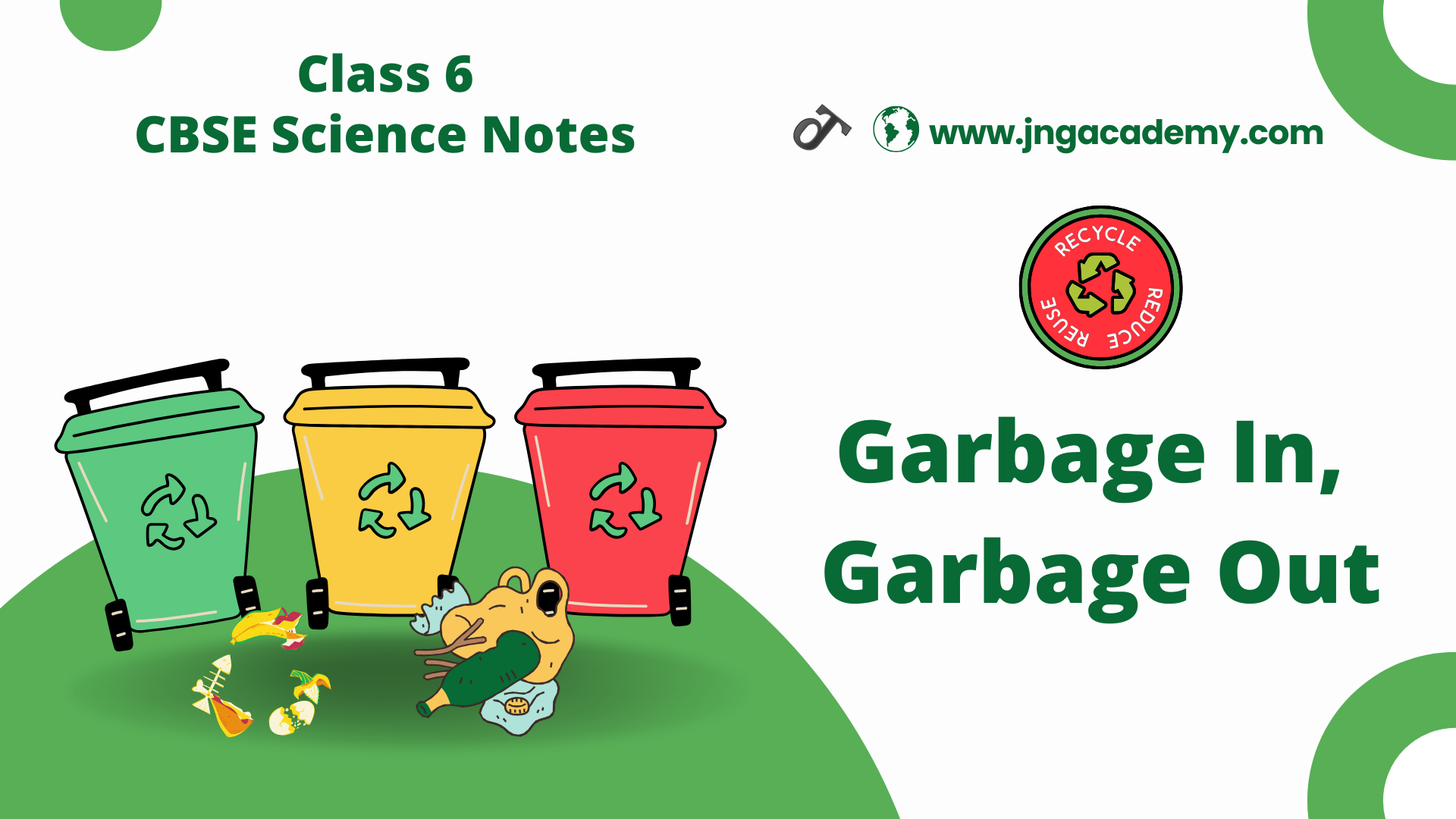Objective:
By the end of this lesson, readers will:
- – Types of Waste
- Biodegradable Waste
- Non-biodegradable Waste
- – Waste Segregation
- – Managing Biodegradable and Non-Biodegradable Wastes.
Click On The Name To Go To A Specific Topic:
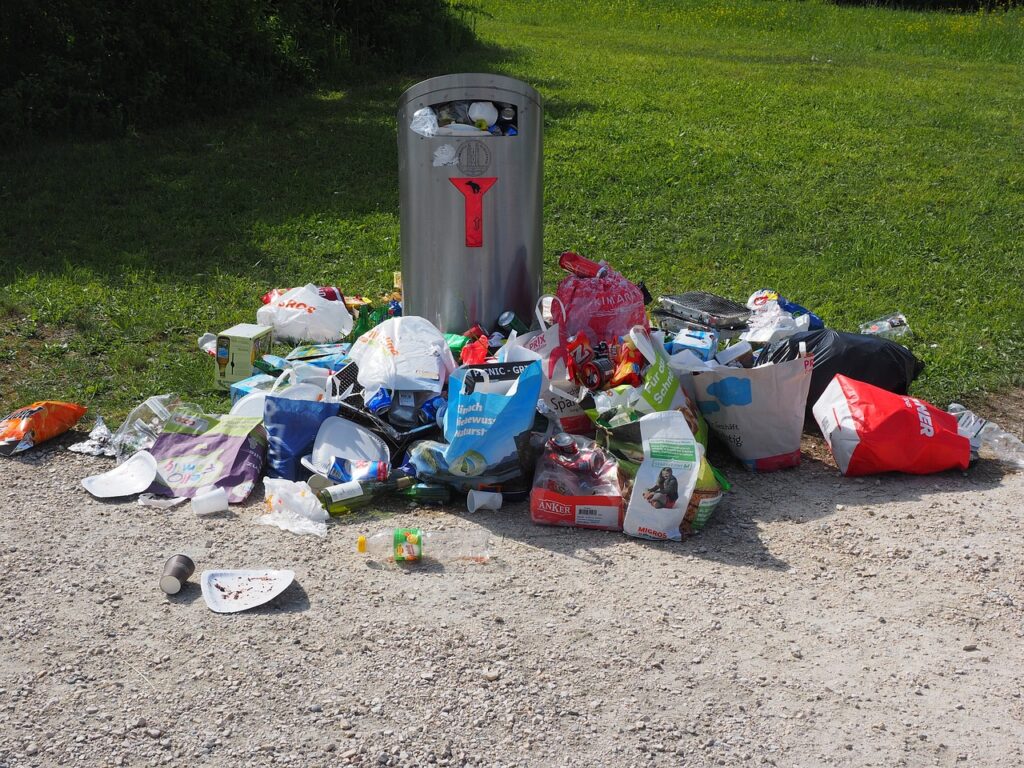
Introduction:
As we know, in our daily lives we generate a lot of waste which is of different types. Like kitchen waste (vegetables, fruit peels, etc.), paper waste (newspaper, notebooks, toilet paper, etc.), plastic waste (milk packets, chips packets, etc.), glass waste (fuse bulbs, tube lights, waste mirrors, etc.).
If we do not manage all this waste properly then it can become a major cause of pollution due to which our next generation may have to face a lot of problems. So we should learn to manage different types of garbage properly so that there is as little pollution as possible.
Key Points:
-Garbage: Garbage is the stuff that we throw away as unwanted or used stuff in our daily routine.
– Waste Management: Waste Management is a process in which garbage is properly separated, recyclable garbage is recycled, and disposed of.
Types of Waste:
1. Biodegradable Waste:
Biodegradable waste is the waste that decomposes through natural processes.
Examples: vegetables, fruits, food waste, paper, leaves, dead bodies, etc.
Composting: Composting is the process in which biodegradable waste is converted into compost, which is used as a natural fertilizer for plants.

2. Non-Biodegradable Waste:
Non-biodegradable materials are those that either do not decompose or take a long time to decompose.
Examples: Glass, plastic, metal, thermocol, etc.

Waste Segregation:
In order to manage the garbage properly in Waste Segregation, first of all, we have to learn to segregate it. For that, we should keep biodegradable and non-biodegradable waste separately in our homes.
For that, we can use two types of bins, through which we will be able to do waste segregation easily:
Green Bin:
Green bin should be used to keep biodegradable waste. Like kitchen waste, garden waste, paper waste, etc.

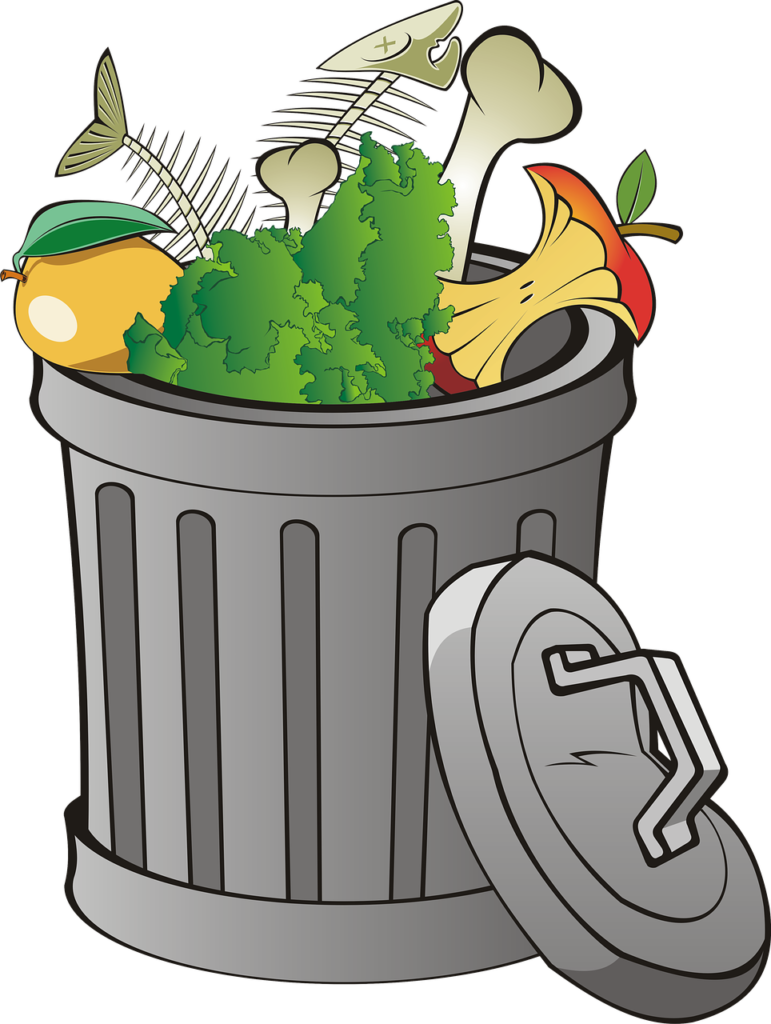

Blue Bin:
Blue bin should be used to keep non-biodegradable waste. Like plastic waste, metal waste, glass waste, etc.

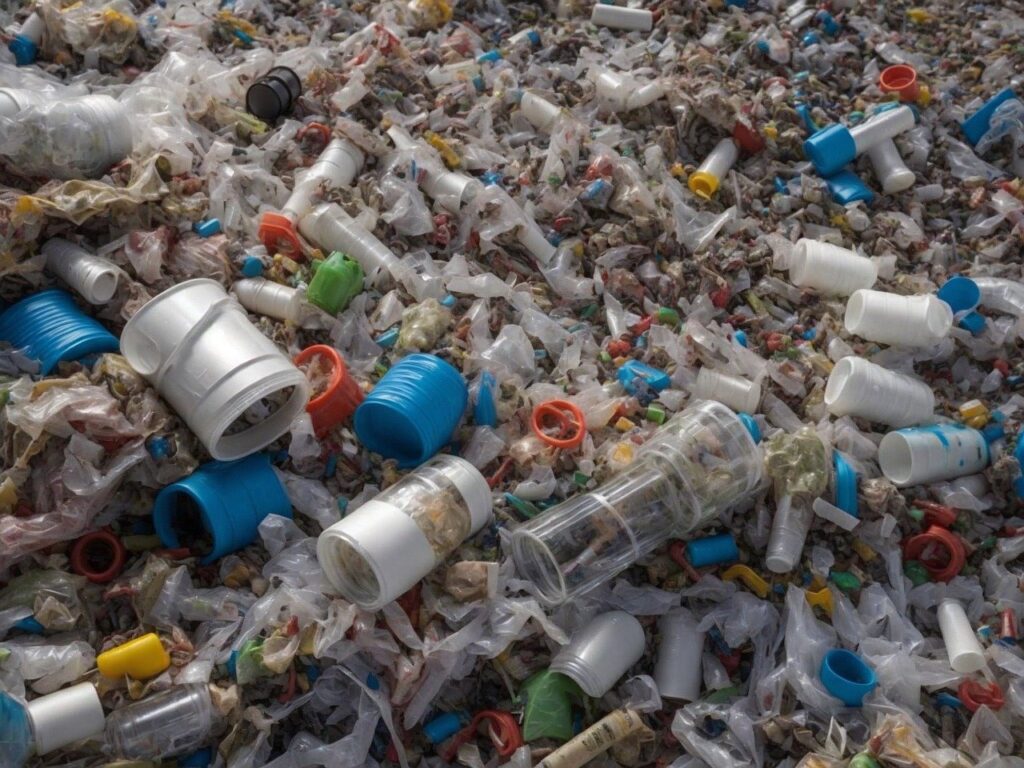
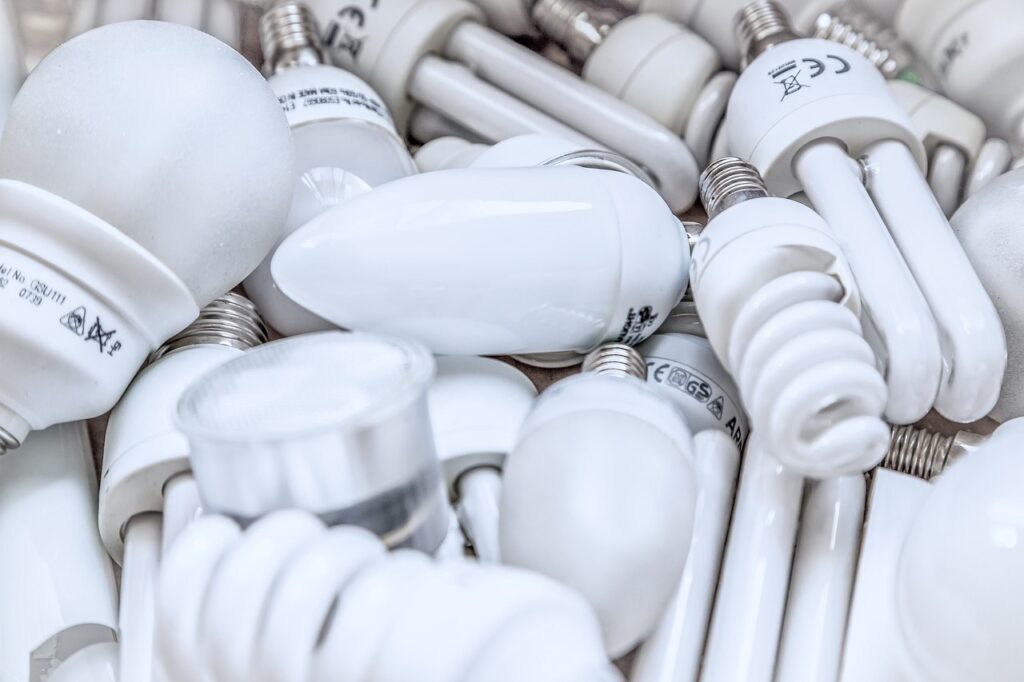
Composting – Nature’s Way of Recycling:
Composting is an easy and effective way to convert any biodegradable waste into compost.
Through this process, we can make a natural fertilizer for the garden, field, etc.
The process of composting plays an important role in improving soil fertility and preventing pollution.
Recycling:
Recycling is a process in which waste materials such as paper, metal, plastic, glass, etc. are melted in factories or passed through special processes and then converted into useful products, making them fit for reuse.
We definitely get at least two benefits from this process:
Firstly our waste is reduced and secondly, our consumption of new resources is also reduced.
Examples of Recycling:
– Plastic bottles can be reused to make new plastic items.
– Paper can be recycled to make new paper products.


Landfills and Their Problems:
Landfills are the huge garbage dumps where the waste is buried. If we do not manage the waste properly then this garbage goes into landfills, which can be very dangerous for the environment.
Some common problems caused by landfills are:
- Groundwater contamination means water getting dirty
- Bad odor means smell badly
- Air pollution
- Land wastage


Vermicomposting:
In the vermicomposting process, biodegradable waste is converted into compost by using earthworms. Earthworms eat all the waste and the compost they make is very beneficial for the soil.

How Can We Reduce Garbage?:
- Reuse: Reusing old things.
- Use old clothes to make other usable items.
- Donate old gadgets like, mobile, laptop, watches, etc.
- Reusing tins, plastic bags, water bottles to reduce unnecessary wastes.
- Reduce: We can reduce waste by using less plastic and disposable items.
- Don’t buy those things that you aren’t going to use. Like magazines or newspapers that you will only throw away.
- Don’t purchase a new bike, car, school bag, lunch box, etc. when you have one that is perfectly work.
- Recycle: We can reuse plastic, paper, glass, metals, etc. through recycling processes.
- To make new envelopes, papers, boxes, etc., waste papers like newspapers, old books, and old notebooks can be recycled.
- To make new glass bottles by melting broken glasses.
- Refuse:
Activity (Exercise):
MCQs
Coming Soon…
Fill in the blanks.
Coming Soon…
Match
Coming Soon…
Questions and Answers:
Coming Soon…
Quiz:
Coming Soon…
Supplementary Materials:
Provide downloadable materials for learners to review:
- – PDF Guide: “Coming Soon”
- – Cheat Sheet: “Coming Soon”
- – Video Source: “JNG ACADEMY“
- – Articles: “Blog Page“
FAQs:
What is waste?
How many types of wastes?
1. Biodegradable Waste
2. Non-Biodegradable Waste
What are the differences between biodegradable and non-biodegradable wastes?
Examples: vegetables, fruits, food waste, paper, leaves, dead bodies, etc.
Non-biodegradable materials are those that either do not decompose or take a long time to decompose.
Examples: Glass, plastic, metal, thermocol, etc.
